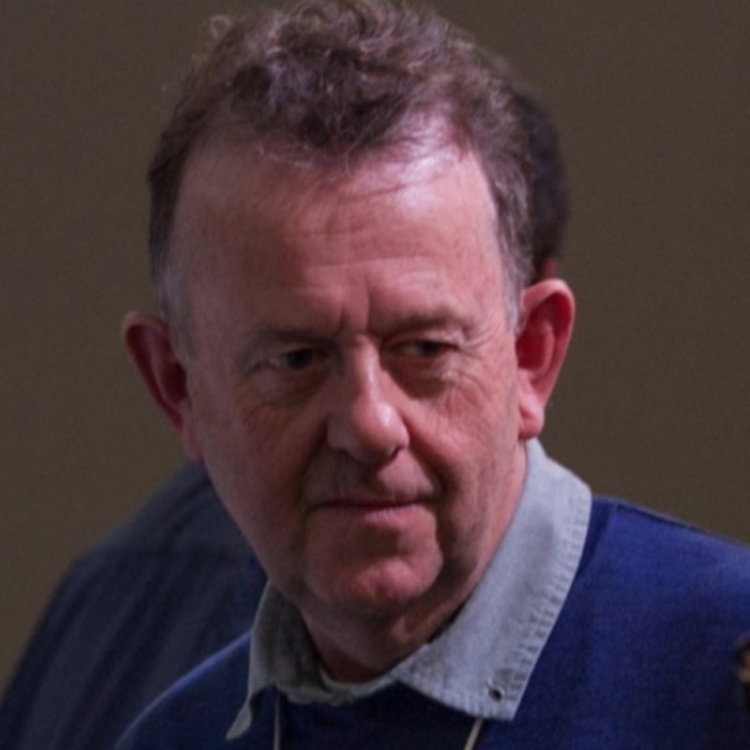
The whitewashing of Zimbabwe’s ancient history
Loading player...
In the early 1970s, when I was 12 years old, my British immigrant father married a South African. Part of his integration was visiting her siblings, one of whom lived with his family in what was then called Fort Victoria, part of then recently independent Rhodesia.
Beyond seeing television for the first time and marvelling at how many people drove Peugeots, the thing I remember most from that adventure was a visit to what the whites called the Zimbabwe Ruins, a short drive from the town.
Its symbol, the powerful Zimbabwe bird, made a deep impression. A replica dominates the mantlepiece in my office here in London, a permanent reminder of the continent which will forever own my heart.
I remember my newly minted uncle explaining how Great Zimbabwe’s impressive structures had been built by some ancient civilisation that had mysteriously departed. It was a story that suited the propaganda of the time. But was so absolutely and completely wrong. This material is reproduced with permission of the BBC's Witness podcast.
Beyond seeing television for the first time and marvelling at how many people drove Peugeots, the thing I remember most from that adventure was a visit to what the whites called the Zimbabwe Ruins, a short drive from the town.
Its symbol, the powerful Zimbabwe bird, made a deep impression. A replica dominates the mantlepiece in my office here in London, a permanent reminder of the continent which will forever own my heart.
I remember my newly minted uncle explaining how Great Zimbabwe’s impressive structures had been built by some ancient civilisation that had mysteriously departed. It was a story that suited the propaganda of the time. But was so absolutely and completely wrong. This material is reproduced with permission of the BBC's Witness podcast.





